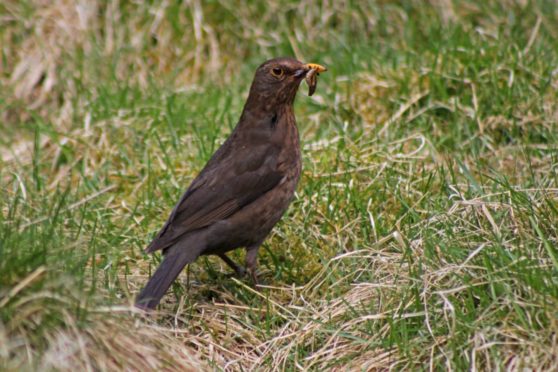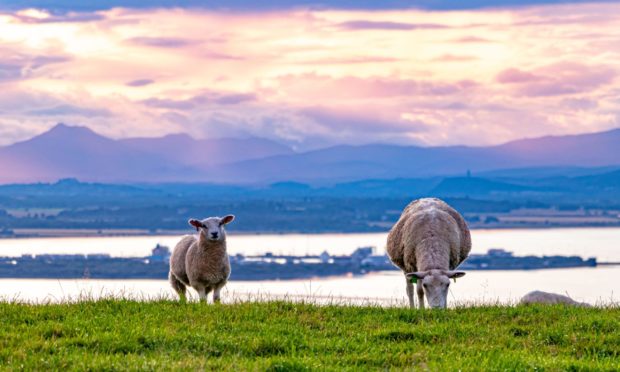Blackbirds remain the most commonly seen species of birds on Scottish farms, crofts and estates, according to results from this year’s Big Farmland Bird Count.
The count, which was launched in 2014 by the Game & Wildlife Conservation Trust (GWCT), aims to assess the effect of conservation schemes on farms and estates, such as supplementary feeding or growing wild bird seed or game cover crops.
A total of 93 species were recorded by 117 Scottish farmers, who collectively farm more than 98,000 acres, in this year’s count.
The GWCT said this represents a 45% increase Scottish participation in the count, compared to last year, and the highest number of farmers taking part in Scotland ever.
Blackbirds were the most commonly seen bird species – seen by almost 90% of participants. This is the same as last year’s count.
Pheasant, blue tit and woodpigeon were recorded by 70% of participants, and the five most abundant birds seen were woodpigeon, starling, linnet, chaffinch and rook.
Dr Dave Parish, head of lowland research for GWCT in Scotland, said the average farm size of those taking part was 837 acres and 53% were engaged in some form of agri-environment scheme, while 58% were providing some form of extra seed feed for birds.
He said farmers from 28 different Scottish counties took part, with Perthshire representing the highest number of participants at 22, followed by Aberdeenshire with 16.
With with 2,500 counts returned, the 2021 Big Farmland Bird Count was our biggest so far! 🏆
Check out the full success story here:https://t.co/yKYFeiGKxj pic.twitter.com/fs1aDRB43a
— Game & Wildlife Conservation Trust (@Gameandwildlife) April 12, 2021
Dr Roger Draycott, who manages the national count for GWCT, said overall UK participation in the count had more than doubled.
“Despite much of the country being blanketed in snow during the count – February 5-21 – participation has shot up, with 2,500 counts returned, representing a 65% increase in the number of counts submitted compared to 2020,” said Dr Draycott.
“The land area covered by the count has more than doubled to over a million hectares and 81% more birds have been counted this year by more than 700 additional volunteers.”
He added: “All of this helps us to build a detailed national picture of the state of Britain’s farmland birds, allowing us to better understand what is really going on in our countryside.
“It clearly shows that farmers, land managers and gamekeepers care for the land they work and, given that they look after 71% of all the land in the UK, that is extremely good news for the future of our treasured bird species.”











